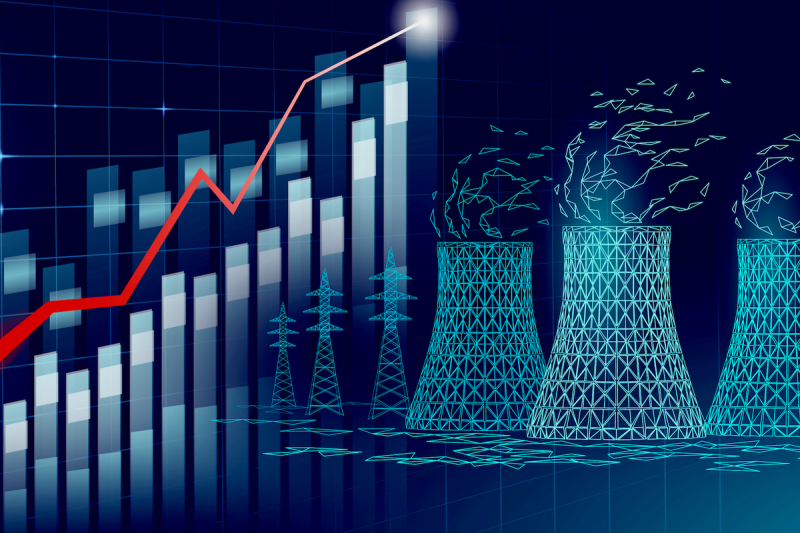The United States Plans to Triple Nuclear Power Capacity by 2050
The United States is ramping up its efforts to expand and triple its nuclear power capacity by the year 2050. This ambitious goal marks a significant shift in the country’s energy strategy, as it aims to reduce greenhouse gas emissions and combat climate change while meeting the growing energy demands of a rapidly expanding population.
Nuclear power has long been a controversial topic, with concerns over safety, waste disposal, and the high upfront costs associated with building nuclear power plants. However, proponents argue that nuclear power is a reliable and low-carbon energy source that can help meet the country’s energy needs while reducing dependence on fossil fuels.
The U.S. government’s plan to triple its nuclear power capacity by 2050 includes a combination of upgrading existing nuclear power plants, building new advanced nuclear reactors, and investing in research and development to improve safety and efficiency.
One of the key components of this plan is the development of advanced nuclear reactor technologies, such as small modular reactors (SMRs) and molten salt reactors. These next-generation reactors are smaller, more flexible, and potentially safer than traditional nuclear power plants, making them an attractive option for expanding nuclear power capacity in the United States.
In addition to building new reactors, the U.S. government is also focused on extending the operating licenses of existing nuclear power plants to ensure they remain operational for as long as possible. By maximizing the lifespan of these plants, the country can increase its nuclear power capacity without the need for significant new construction.
Another important aspect of the U.S. government’s plan to triple nuclear power capacity is the need to address concerns surrounding nuclear waste disposal. The safe storage and disposal of nuclear waste are critical issues that must be addressed to ensure the long-term sustainability of nuclear power as an energy source.
To support the growth of nuclear power in the United States, the government is also investing in research and development to improve safety, efficiency, and cost-effectiveness. By advancing nuclear technology and addressing key challenges facing the industry, the country can accelerate the transition to a cleaner and more sustainable energy future.
Overall, the United States’ plan to triple its nuclear power capacity by 2050 represents a major commitment to reducing greenhouse gas emissions and combating climate change. By expanding nuclear power as part of its energy portfolio, the country can diversify its energy sources, increase energy security, and meet the growing demands of a modern economy.

